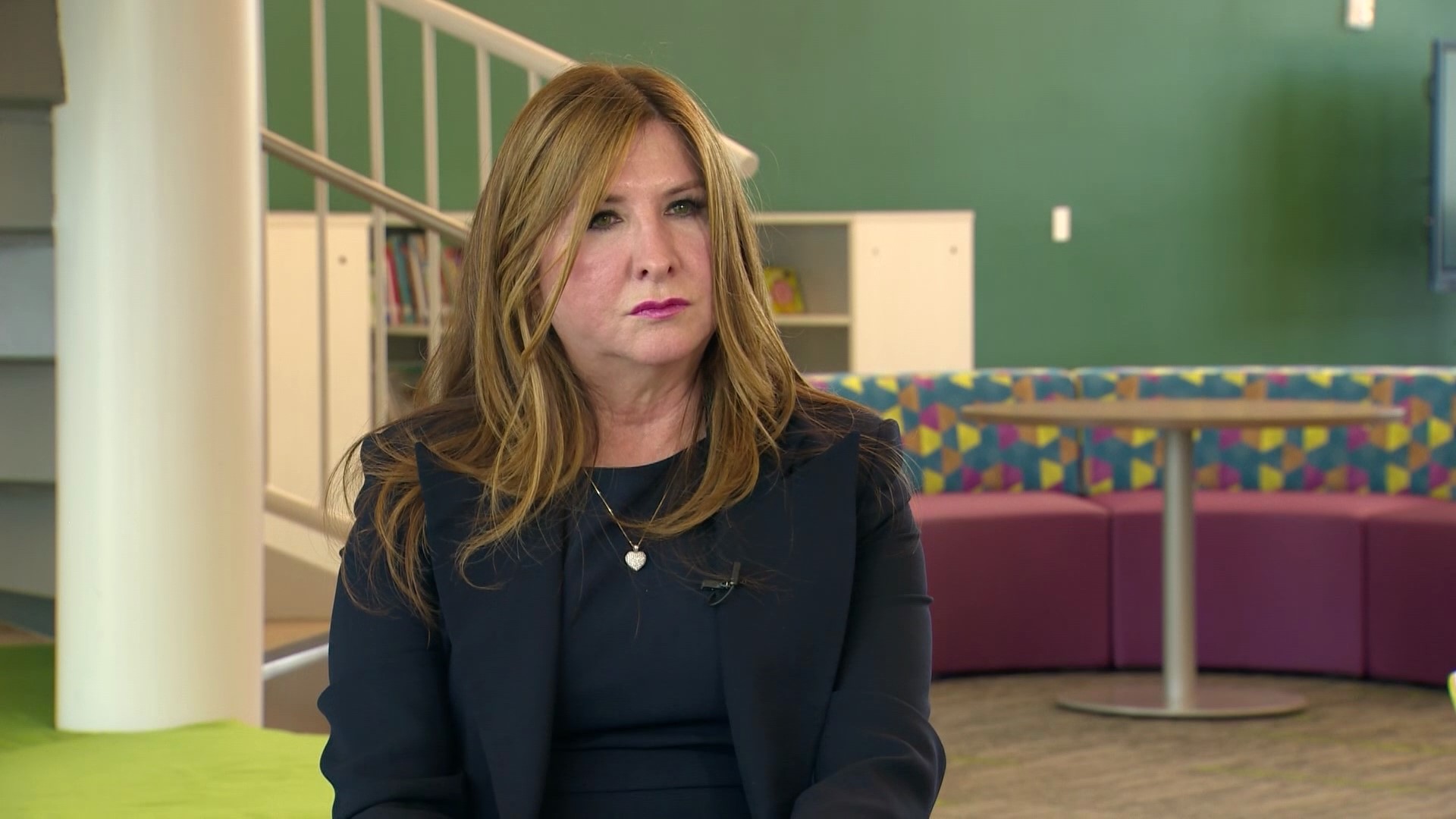DALLAS — If Superintendent Dr. Stephanie Elizalde has her way, this school year will look very different in Dallas ISD.
“Our entire approach has shifted to removing things off teachers’ plates,” she told WFAA during a wide-ranging interview, including the adoption of a comprehensive curriculum. Elizalde said for the first time, teachers won’t have to turn in lesson plans -- a welcome change after some teachers said the paperwork had ballooned to 20+ pages.
“Instead of spending time creating lessons, they can focus their time on delivering the lesson in a fun, engaging way,” Elizalde said.
She also proclaimed that teaching to the test is dead in Dallas ISD. Some students were taking assessments every few weeks to gauge their preparedness for the STAAR.
“And if that got us great outcomes, we would be having a different conversation,” she said.
Dallas ISD only has an 80% graduation rate. And from algebra to English, it’s far behind state average in every subject of the STAAR. Dr. Elizalde admitted, “We still have students that we aren’t meeting all their needs. And I think that requires us to think about it differently.”
So, the district is eliminating up to 18 days of assessments and giving that time back to teachers. "I absolutely believe the test will take care of itself. And if that doesn’t work, that’s on me," Elizalde said.
With the state sitting on a $32 billion surplus, Elizalde had high hopes this legislative session would provide more money for teacher pay.
It didn’t.
But, Dallas ISD pulled $67 million from its emergency relief funds to give teachers a modest raise. “A simplistic way of saying, into our savings account.” she said.
That includes a $3,000 incentive for new teachers, and up to $5,000 to retain current ones. “But you can’t pay salaries that are recurring costs Chris, out of your savings account. Unless you’re replenishing that account,” Elizalde said.
She also cited a lack of funding for security.
“We got 28 cents additional. We used to get $9.72 per student, and now we’ll get $10 per student. Well I can’t buy a key for 28 cents!” she said.
Elizalde sees a similar disconnect in the new law requiring an armed guard on every campus.
"I’m not sure they thought about districts the size of Dallas ISD when they adopted that," she said.
The state is allocating up to $15,000 per school to defray the costs. But, Dallas ISD currently employs school resource officers at every middle and high school, and Elizalde said their salaries are “somewhere in the neighborhood of $65,000. Plus benefits, puts us at $80-85,000.”
And even if the district found a way to pay for them, she admitted there’s no way they’ll find 167 qualified people this early in the new school year. The district plans to rotate officers from existing duties and patrols, while the school board considers how to hire private guards.
“We’re struggling right now. But we are going to adhere to the law,” she said.
But, that could entail making cuts in other areas, considering Dallas ISD is already working from a deficit budget.
Elizalde was asked if the state should change its benchmark for allocating funds, from an attendance model to enrollment.
She said, “I believe only five states in the entire union still fund public education based on attendance.”
The non-profit group EveryTexan.org reported it’s actually six, including Texas. The majority of states take an enrollment snapshot at several points in the year and apply the average.
"On any given day there are students who miss class. We don’t change the teacher’s salary based on the number of students present that day. And yet, we’re funded based on who’s showing up on any given day," Elizalde said.
For example, Dallas ISD may have from a 2-3,000 difference between its daily attendance average and its actual head count. That could cost the district up to $17 million a year in funding.
“It doesn’t make sense,” Elizalde said, arguing that districts are already incentivized to keep students coming to class. “When students are absent, teachers make phone calls home, and schedule time after hours to get them caught up. They’re working harder for every student that’s not there, not the other way around.”
Elizalde said the current status quo isn’t sustainable financially.
“But I’m still hopeful. Maybe in October during a special session, our legislators can come together and support public education," she said.
While Gov. Greg Abbott has indicated he will call a third special session this fall, any additional education funding is likely to be tied to school choice.
“I continue to hear that there’s a desire for private school subsidies,” Elizalde said. “And if we end up there, the only thing I say is, make sure the accountability follows that dollar the same way it follows us. We don’t know what private schools do. You know why? Because they’re not required to tell us.”

